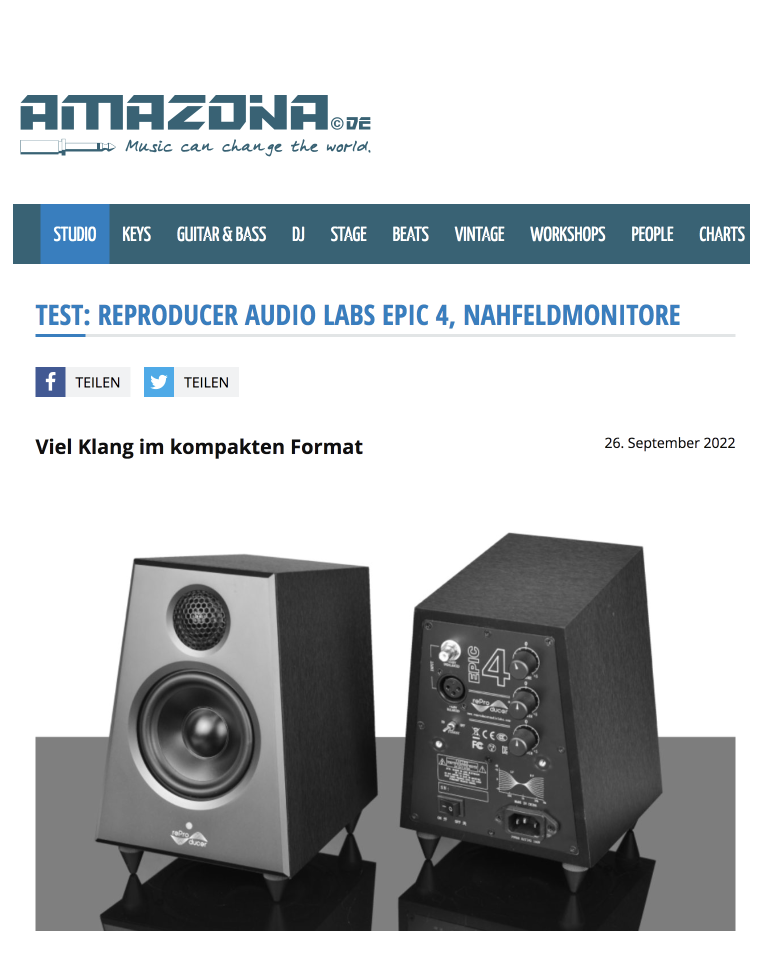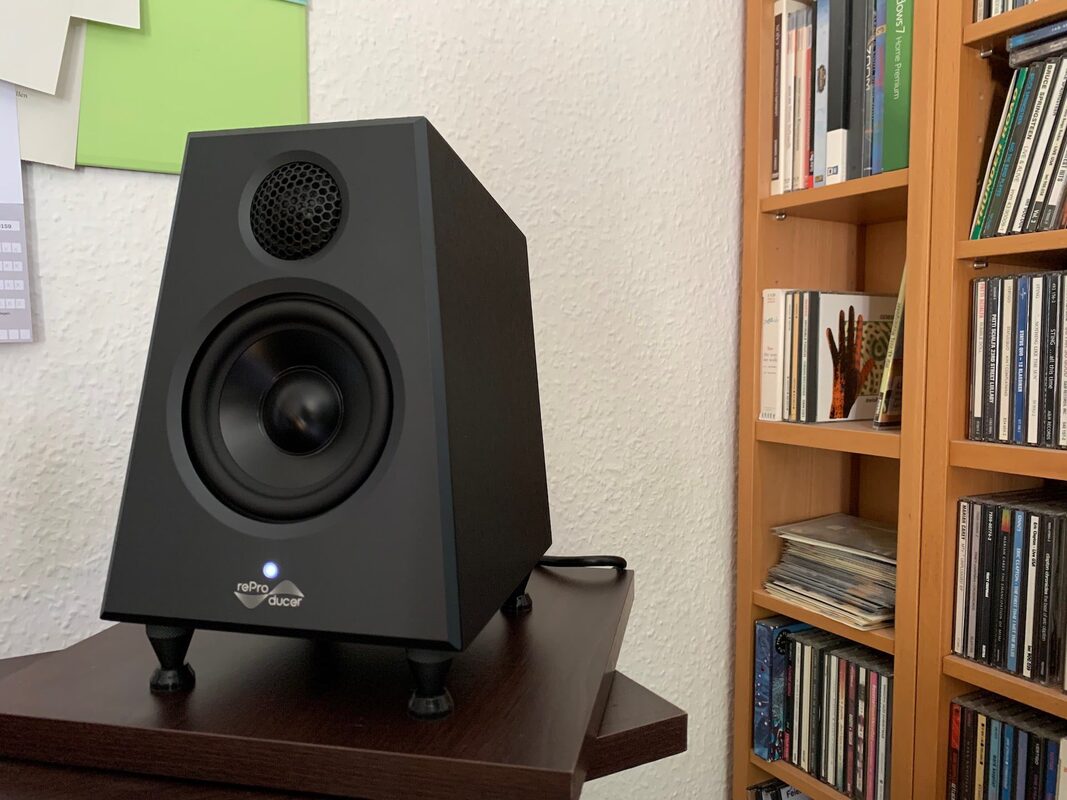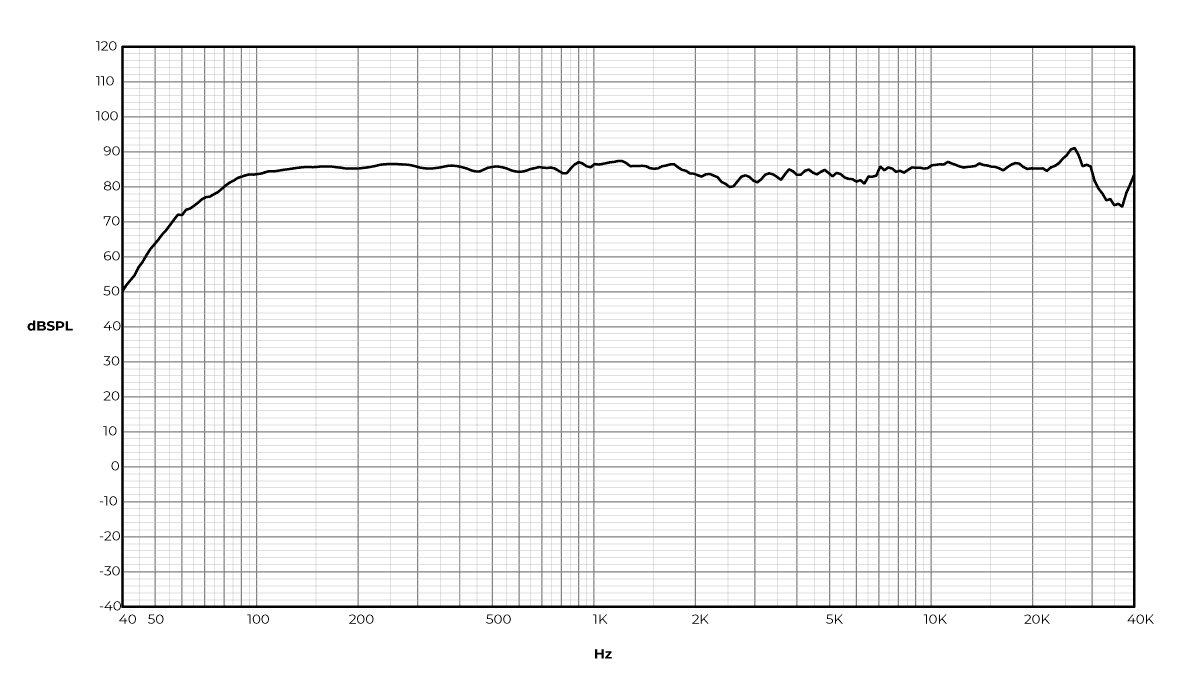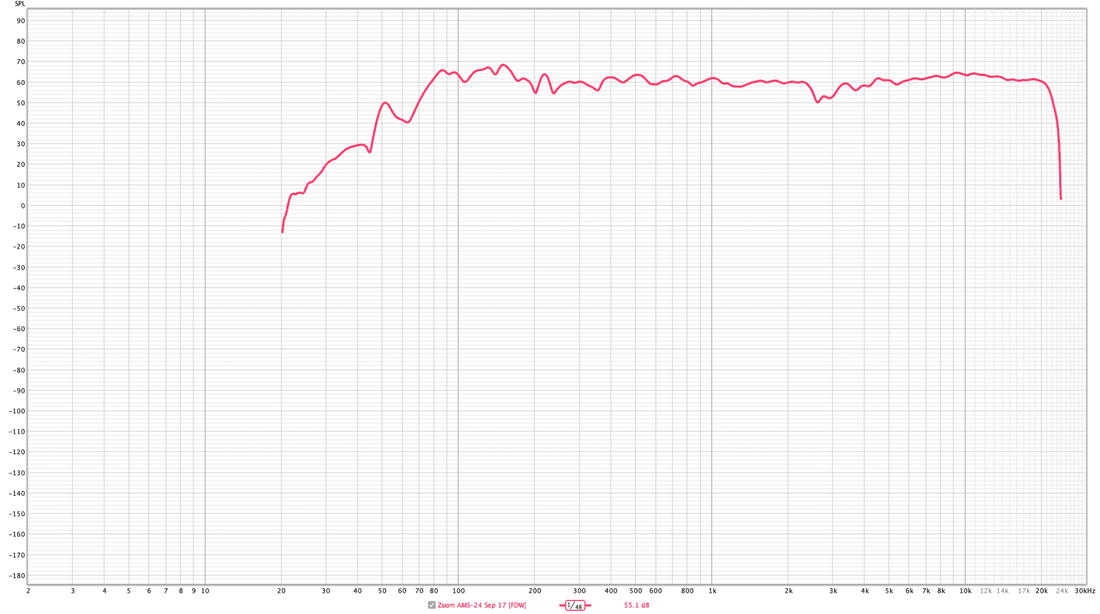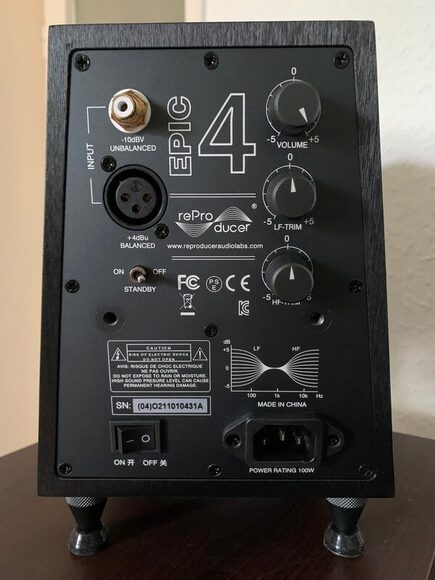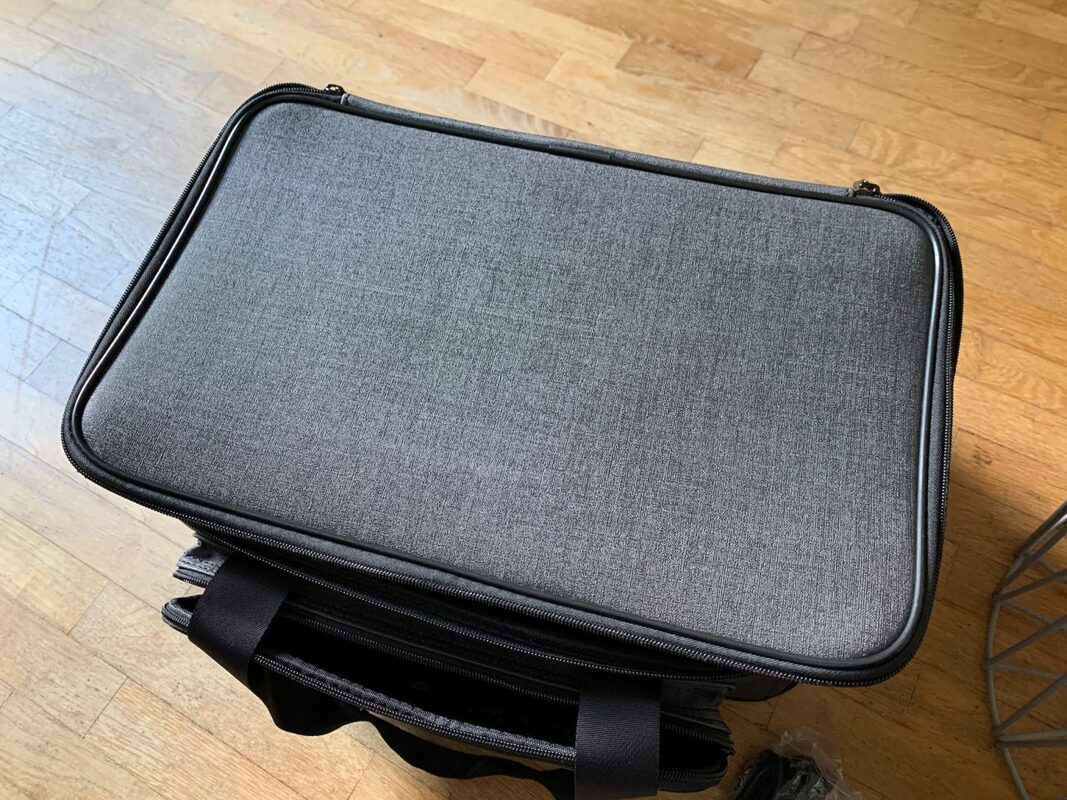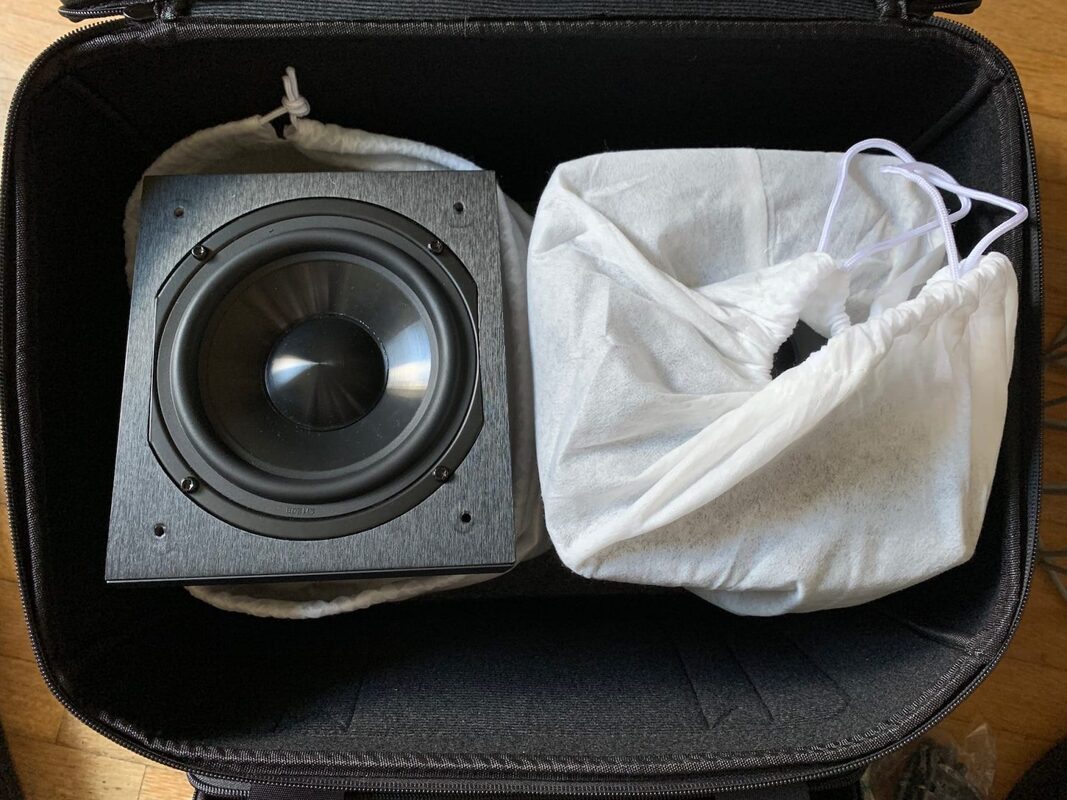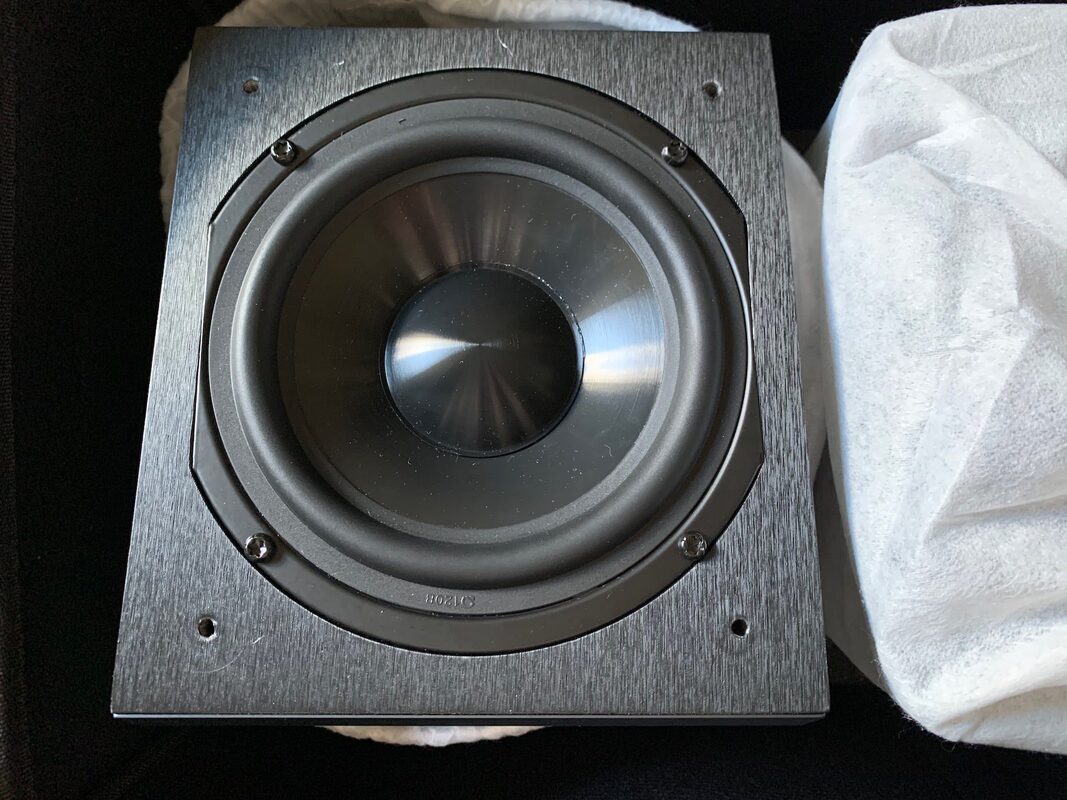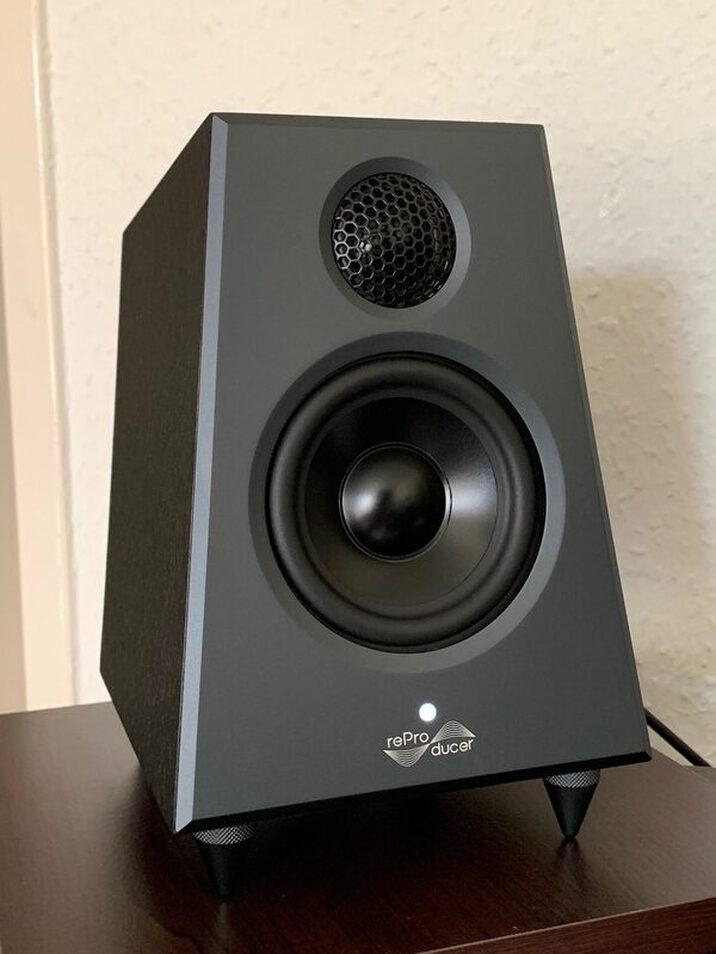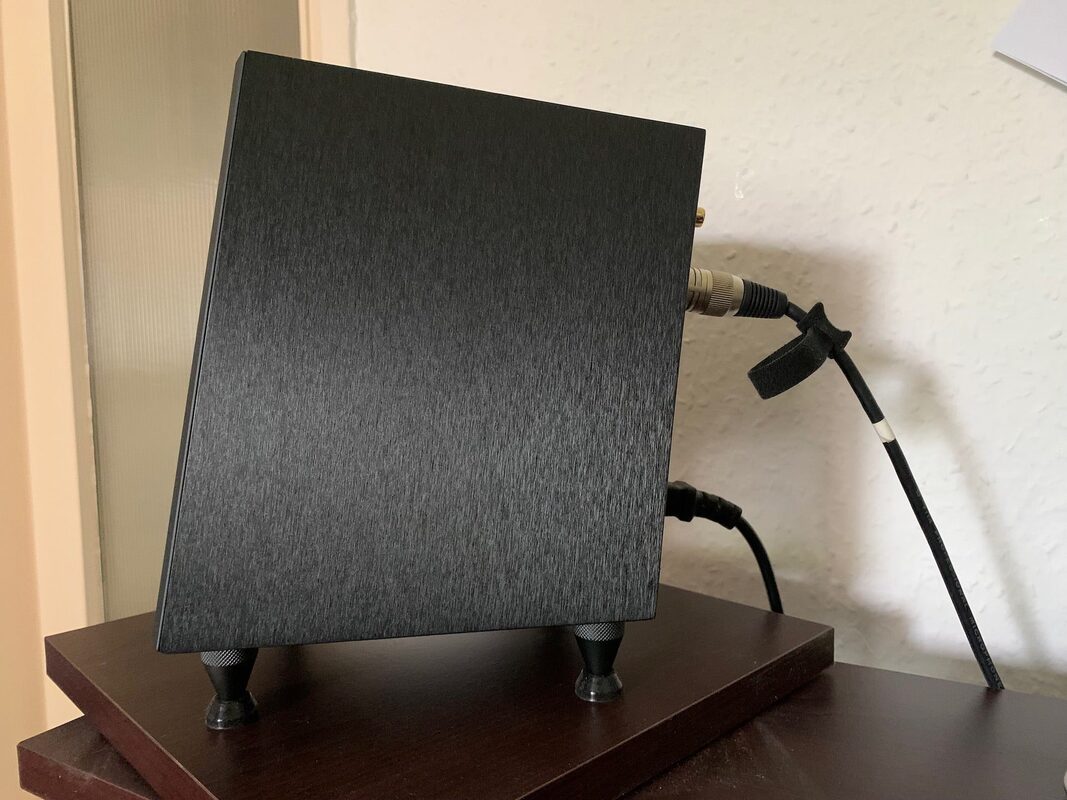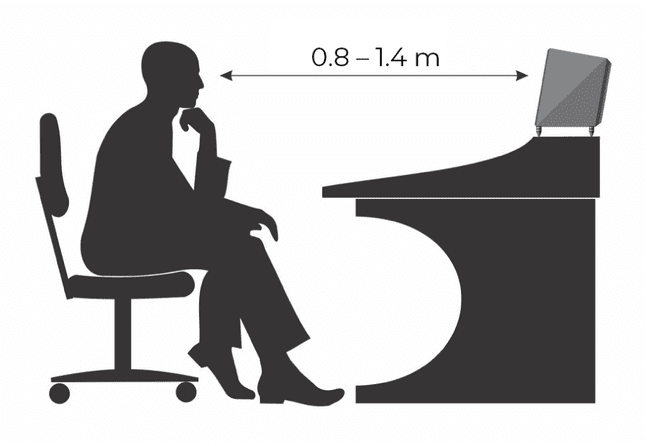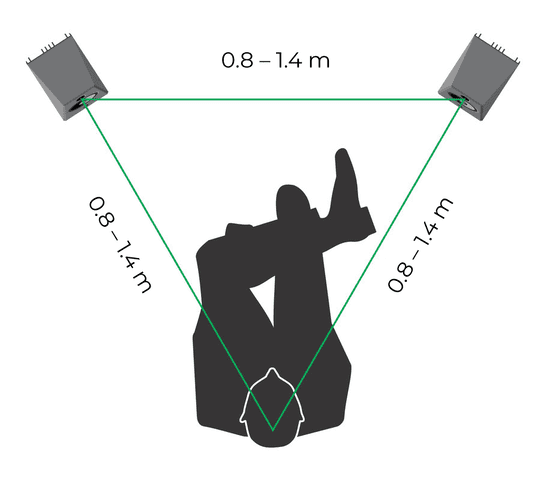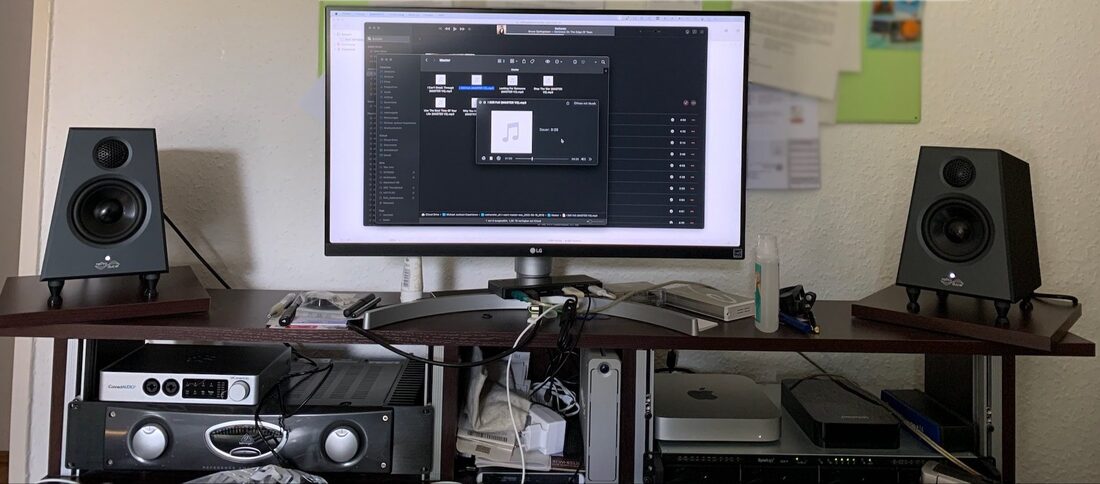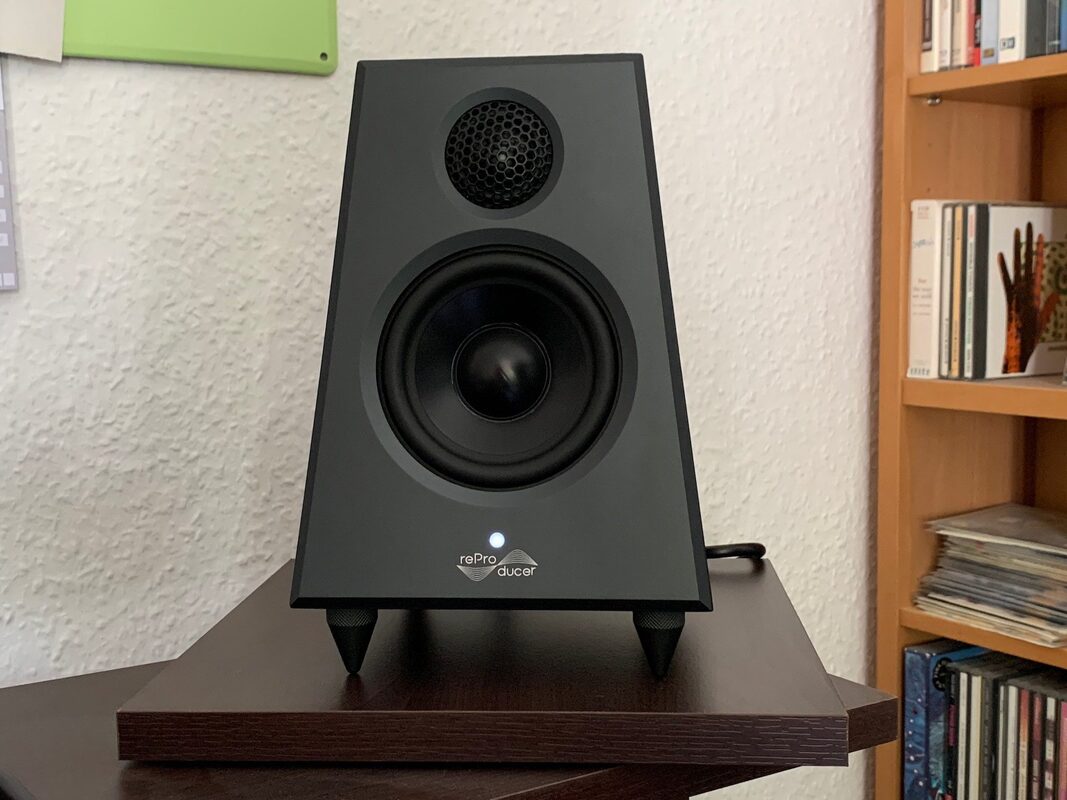Review: reProducer Audio Labs Epic 4 Compact Nearfield Monitor
Amazona.de (Germany)
September 2022
by Markus Galla
September 2022
by Markus Galla
Active studio monitors determine what is happening in every home studio today. The days of passive studio monitors seem to be over. It is often not only bi-amping class D power amplifiers that shape the sound before it is finally converted by the loudspeakers, but also DSPs in particular, which determine the final sound through digital signal processing. But there are some manufacturers who refuse to follow this trend. Although they also integrate Class D power amplifiers into the studio monitors in order to ensure the best possible tuning, one looks in vain for DSPs. One of these manufacturers comes from Germany and goes by the name of reProducer Audio Labs. We tested the reProducer Audio Labs Epic 4 near-field monitors for you.

